Hello and happy Wednesday, y’all! If you’ve been following along with this series, welcome back! If you’re just joining us, let me introduce you to Linn, the woodworking master behind Darbin Orvar, a popular woodworking/DIY channel on YouTube. We’re excited that she’s hanging out with us today to share Part Four of her office built-in bookshelf and cabinets! Woohoo! If you’d like to get caught up, here’s Part One, Two, and Three. Here’s Linn:
Hi guys,
I’m happy to be here again, sharing the process of building my built-in cabinet. In this post, I’m going to go over the steps for building drawers. Knowing how to make drawers can be useful for so many difference projects, no matter whether you’re building a dresser, desk, or a built-in cabinet like I am!
When you think about it, a drawer is simply a box and there are lots of different ways to build a box. I’m going to use my box join jig for my table saw which I built a few weeks back (if you’re interested in building one too, here is a very detailed how-to video on the project). However, you don’t have to make box joints to make drawers – you can simply butt joint the pieces together, cut rabbets (which I do in the back), or get fancy with dovetails or something like that. The principle is the same: we need to connect four pieces of wood together to create a box.
I started with cutting up all of the plywood for the drawers – I’m using 3/4-inch plywood. Sizes will obviously vary depending on your project.

Then I finalized some of the sizes and cut a few of the drawers a little shorter so they will fit in the structure well. It’s a good idea to remain flexible on size when you build a built-in since you might need to make certain drawers a slightly different size to account for molding or other things in the way.
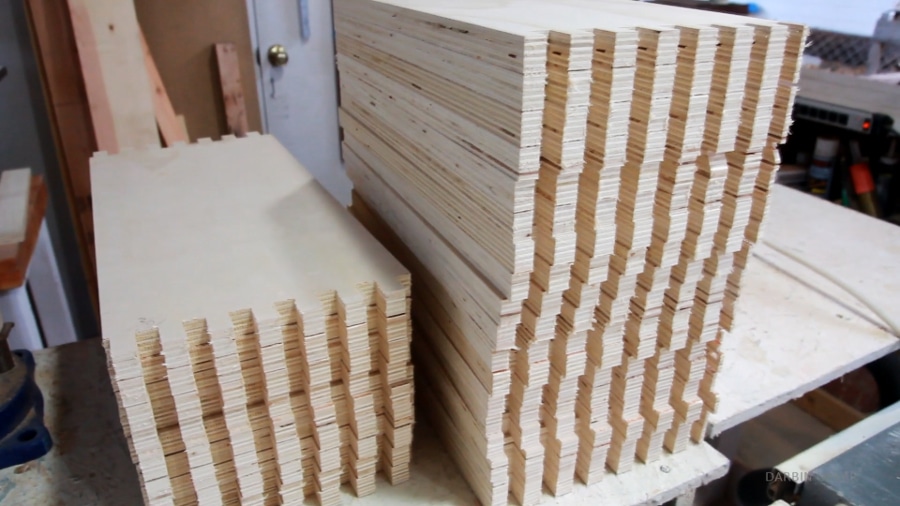
So when all the pieces were cut, it was time to think about how to connect the bottoms. I decided to cut a groove in all the pieces which the hardboard can slip into and I used the table saw to create the grooves.
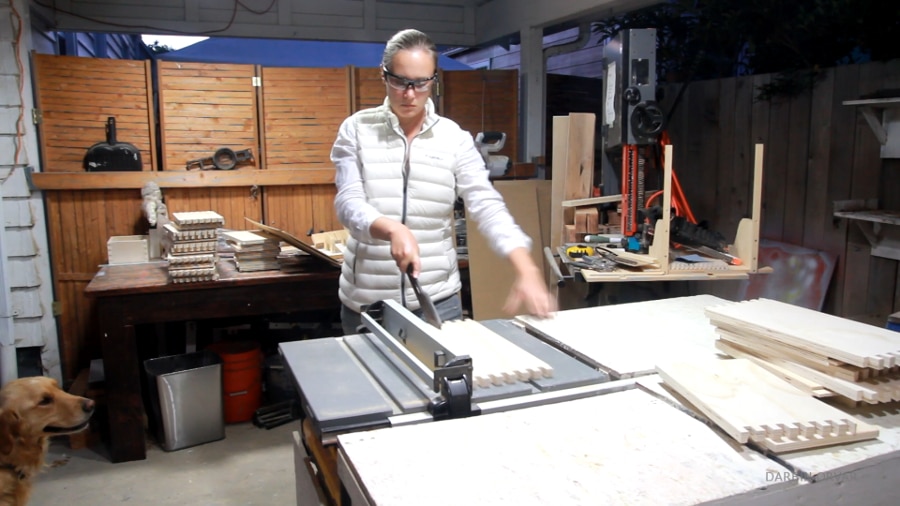
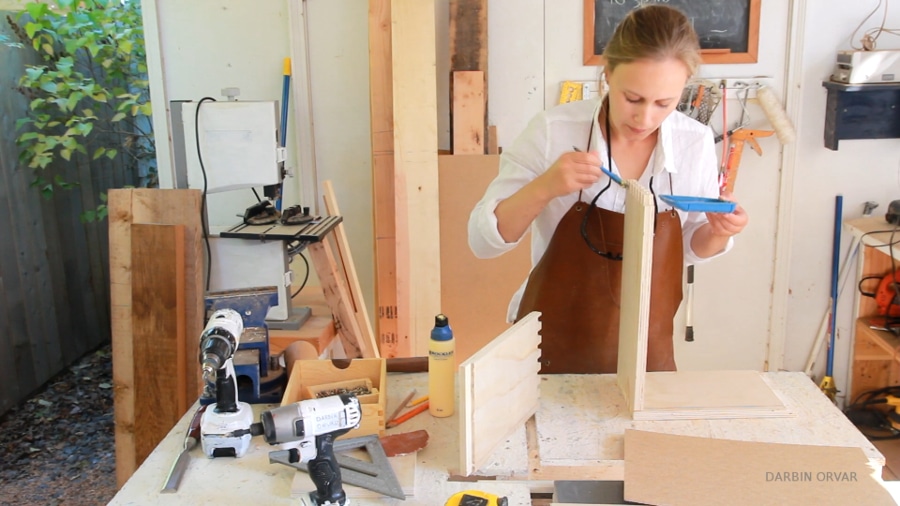
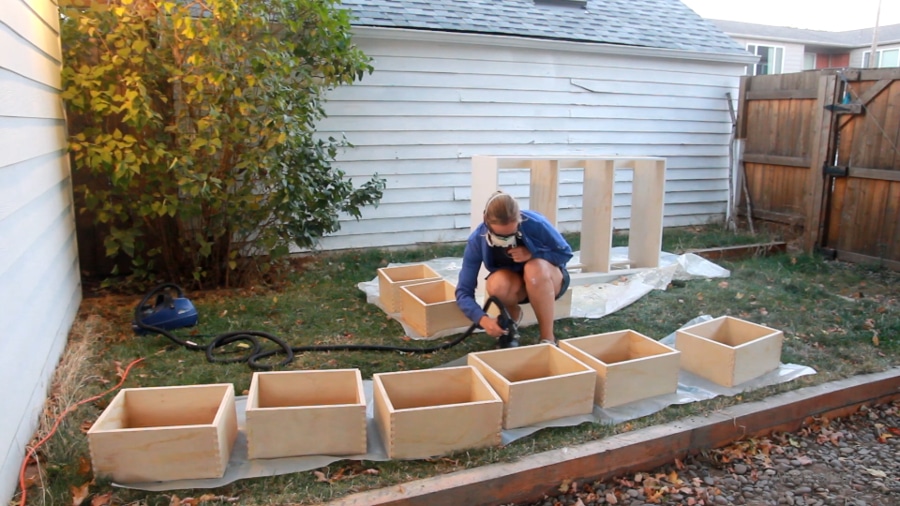
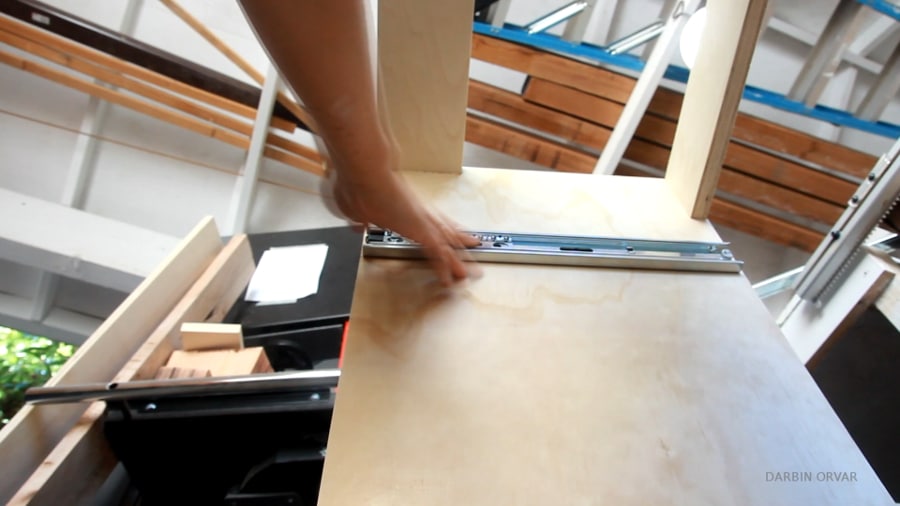
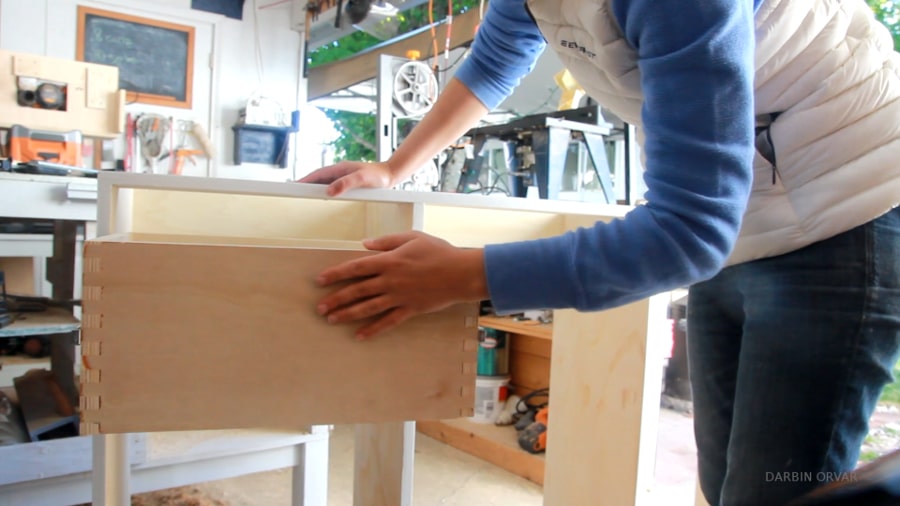
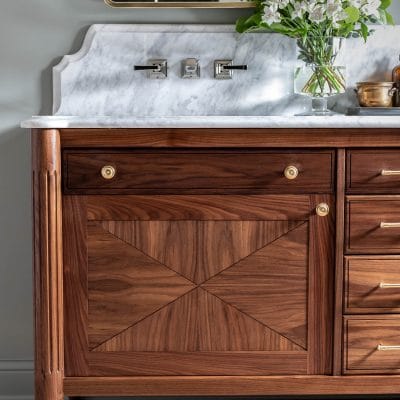
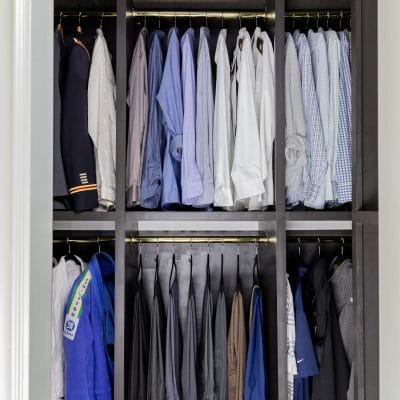
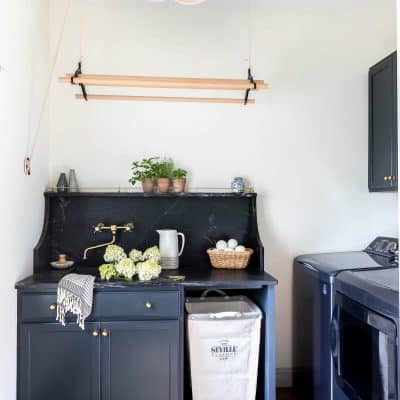
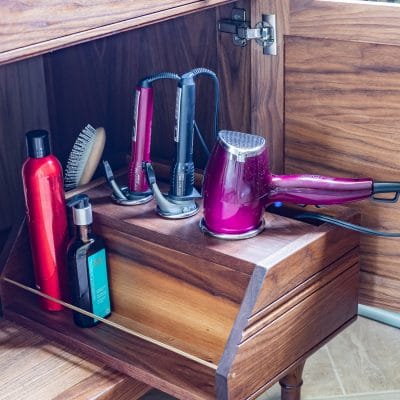
Leave a Reply